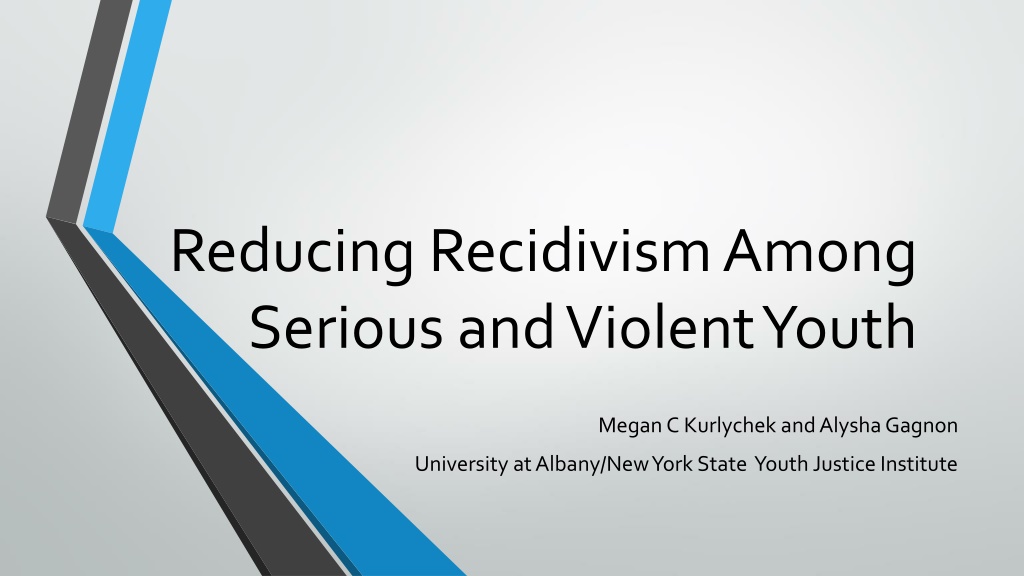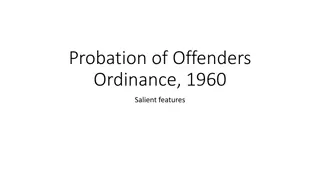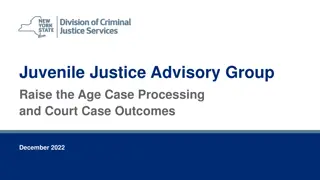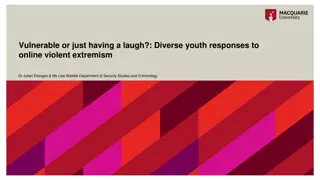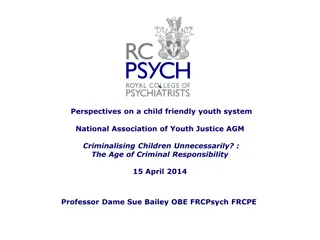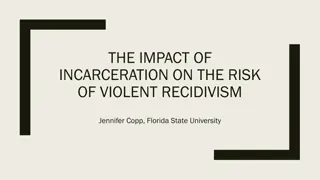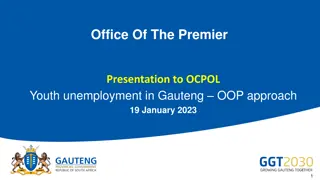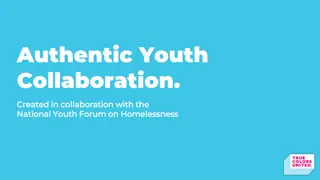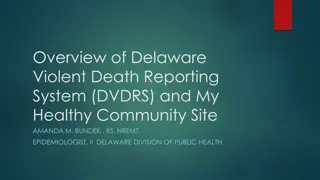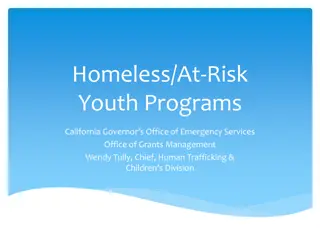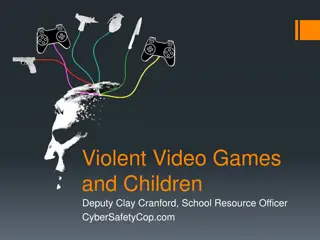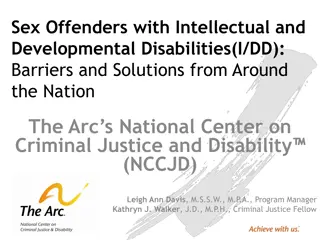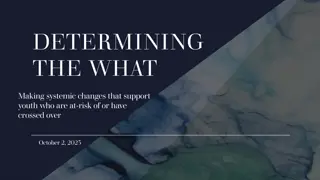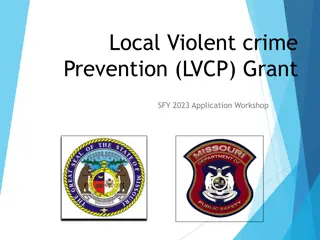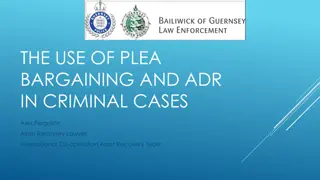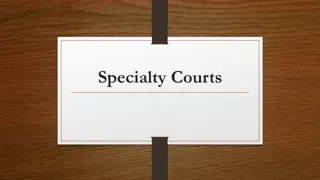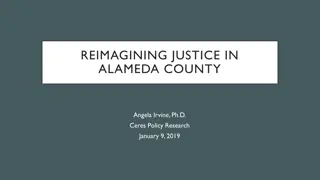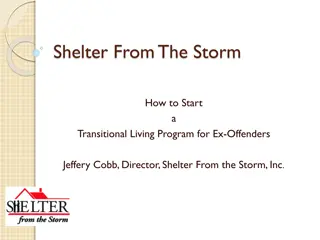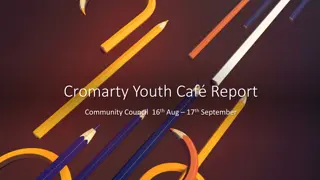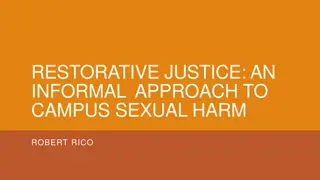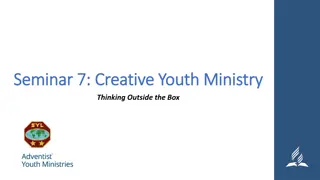Understanding and Addressing Serious and Violent Youth Offenders
Exploring various aspects of serious and violent youth offenders, this content delves into strategies to reduce recidivism, the impact of state responses, and pathways to delinquency. It challenges misconceptions, provides definitions, and emphasizes the importance of tailored treatment for such individuals within the juvenile justice system.
Download Presentation

Please find below an Image/Link to download the presentation.
The content on the website is provided AS IS for your information and personal use only. It may not be sold, licensed, or shared on other websites without obtaining consent from the author. Download presentation by click this link. If you encounter any issues during the download, it is possible that the publisher has removed the file from their server.
E N D
Presentation Transcript
Reducing Recidivism Among Serious and Violent Youth Megan C Kurlychek and Alysha Gagnon University at Albany/New York State Youth Justice Institute
Politics and Panic Lyndon B. Johnson first to declare war on crime A war to be carried across administrations Taking Aim at Juvenile In late 1980 s The Juvenile Superpredator myth Do the Crime, Do the Time
From Rhetoric to Reality State Responses to Serious and Violent Juveniles Transfer to Adult Court Introduce Blended Sentencing Remove Confidentiality Protections Introduce Victim Presence/ Impact Statements
Who is the Serious Violent Juvenile Offender
The Truth about Serious and Violent Youth Chronic Juveniles about 5 to 8% of population Serious Violent juveniles less than 1% of arrestee population About 13% of juvenile arrests for violent crime estimated to be gang members
Definitions: What do we mean by Serious Violent? UCR Violent Crime Any Felony? Just Chronic offenders those we see again and again and again
The Truth about Serious and Violent Youth Act Maturity Premise of Juvenile Justice System Seriousness of crime punishment Needs of youth = treatment
Understanding the Serious Violent Juvenile Offender
Pathways to Delinquency The true serious, chronic and violent offender develops along a progressive pathway Behaviors emerge early and escalate over time These youth have multiple problems that span systems
The Role of Gangs SELECTION FACILITATION ENHANCEMENT *Most gang-involved youth self-report having committed acts of violence
Responding to the Serious Violent Juvenile Offender
RNR (Andrews, Bonta and Hoge, 1990) Risk what places this youth at risk of further crime Needs what needs does the youth have (education, health, etc.). Responsivity what type of program will work best for which youth?
The Comprehensive Strategy Howell, Lipsey, and Wilson 2014 Strengthen families Support core social institutions Prevention preventionprevention Intervention Interagency teams to conduct in depth assessment and craft comprehensive case plans
What did I skip? Institutionalization
The Problem with this Approach We give up on some kids Studies find community based programs to be at least as effective as incarceration Institutionalizing youth in adult jails and prisons increases recidivism
Evidence Based Practice What works: Holistic approaches Family involvement Community engagement Mentoring/Credible Messengers
EBP continued Cognitive-Behavioral Approaches Education and Skill-Building Approaches Restorative Practices Mixed Services
Future Directions and a Call for Action
Beyond Treatment The best way to prevent recidivism is to prevent the initial act ACEs and trauma informed care Communities of Healing moving to strength based approaches
Beyond holistic care to multimodal care Fragmented systems must work together Education Health Care/Mental Health Social Welfare Juvenile Justice
Avoid the cycle of juvenile justice Maintain Leniency: The Kid is a Kid (Barry Feld) Integrate Assessments Expand Treatment Ensure Sufficient Funding Continue to Grow Evidence Based Knowledge and Practice
